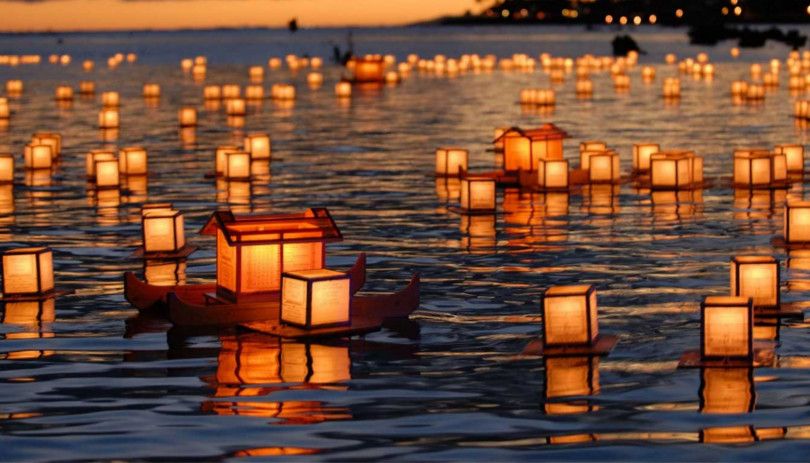On 15 August 1945, a week or more after the horror of Hiroshima and Nagasaki, an emperor of Japan spoke to the common people for the first time, informing them of the decision to accept surrender.
Sometimes for better, sometimes for worse, 15 August has often featured in Japan’s dealings with outsiders.
On 15 August 1281 and for the second time, Kublai Khan’s fleet for the invasion of Japan was destroyed by a kamakaze or divine wind.
On 15 August 1549, the priest and with Ignatius de Loyola a founder of the Jesuits Francis Xavier arrived at Kagomisha, commencing Christian missionary activity in Japan.
On 15 August 1592, the Korean navy was completing its mop up after defeating the Japanese navy in the Battle of Hansan Island, one of the great naval engagements in history, up there with Salamis and Trafalgar. So 15 August 1945 becomes the more poignant in a peculiar way; just about the only thing North and South Korea have in common apart from their border are their Independence Days, each marking the end of Japanese rule.
On 15 August 1863, the Anglo-Satsuma War began, an affair also known as the Bombardment of Kagoshima: see above. It was the blooding of a young Togo Heihachiro, who would rise to lead the first modern defeat of a western power in the Russo-Japanese War of 1904-1905 and become known as the Nelson of the East, a fair outcome for a cadet who was chosen to train in England for seven years and who did his gunnery practice on the HMS Victory.
On a less martial note, 15 August is one of the main days on which the Bon festival occurs, the Japanese Buddhist celebration to honour the spirits of ancestors.
